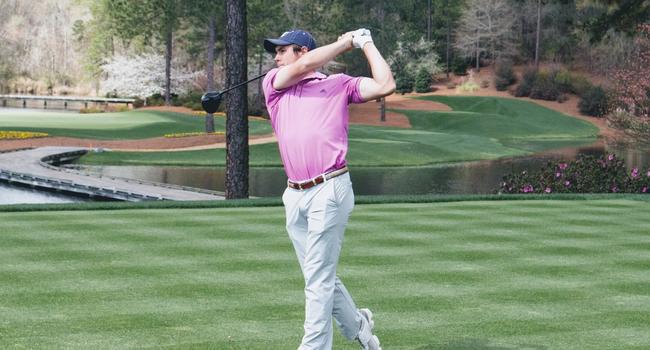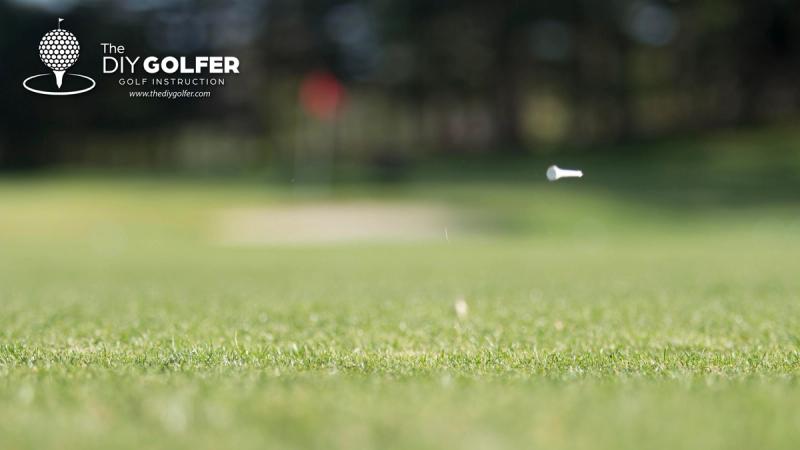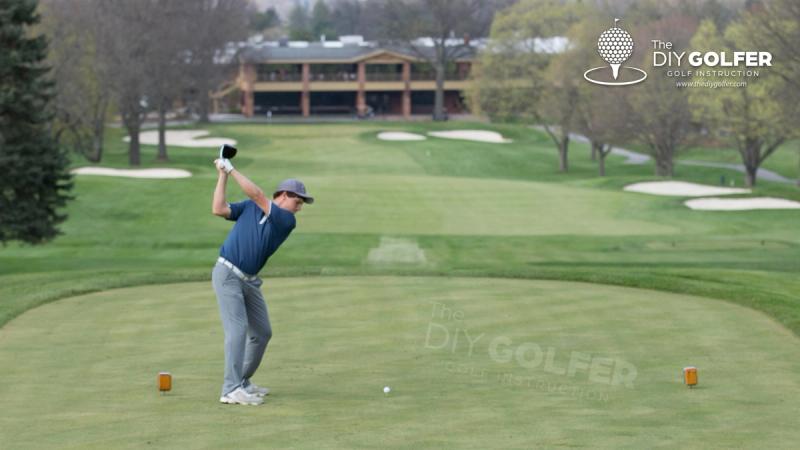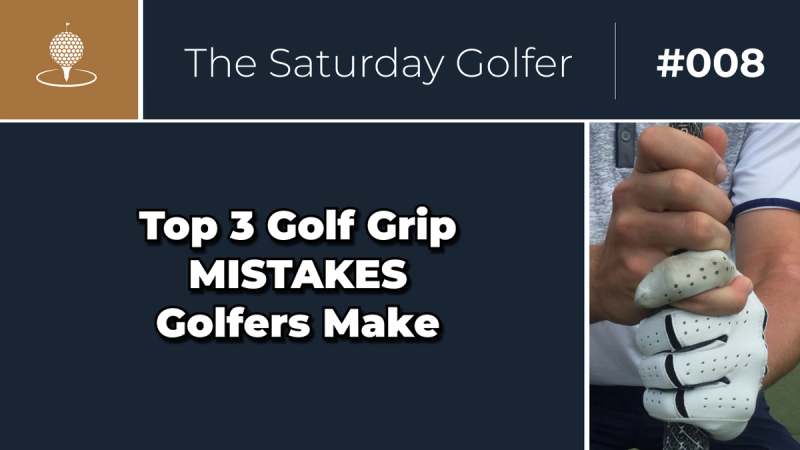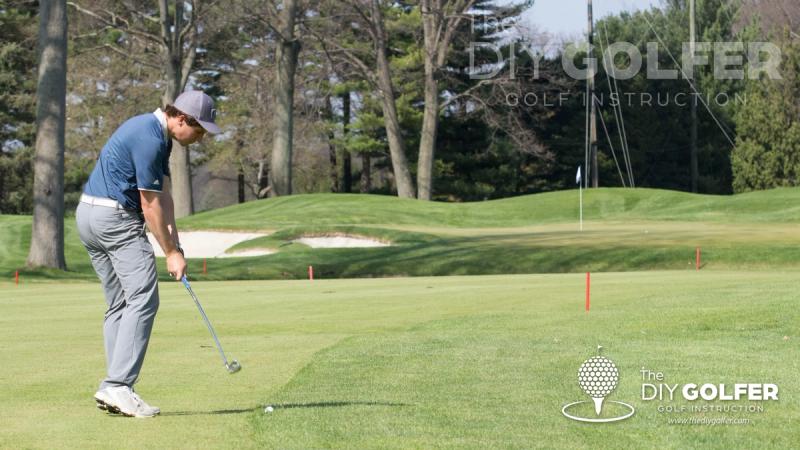Table of Contents

Last updated Nov 09, 2023
Golf Swing Basics: How to make solid contact every time
In the golf swing basics series, I will show you how to build a consistent, reliable golf swing based on timeless principles.
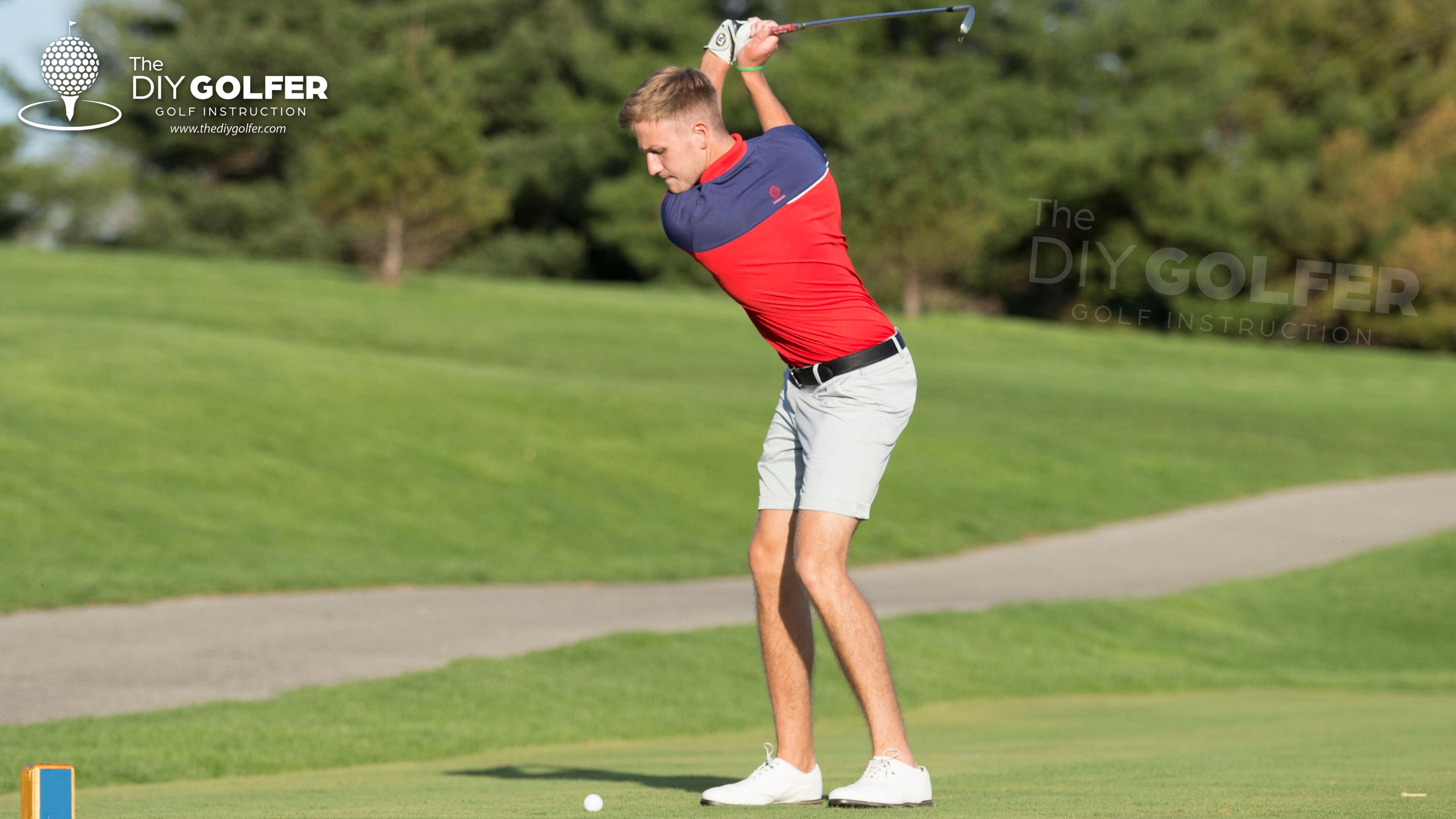

Written By: Zach Gollwitzer
Posted in: Golf Swing Fundamentals
Welcome to the instructional series! This is the very first post in the series and is meant to provide an overview of what is to come so that those reading do not find themselves lost or confused. Golf instruction can become quite confusing at times if the instructor does not clarify their methods beforehand.
Is this professional golf instruction??
I played Division 1 Collegiate golf and play to a +1.2 handicap. I have studied the golf swing long and hard, and although I don't claim all-encompassing knowledge of the swing, I think what I have learned can help others looking to improve their games. My knowledge has skyrocketed in the last few years after reading The Golfing Machine by Homer Kelley, as well as Search for the Perfect Swing by Alastair Cochran and John Stobbs. Both of these texts present the golf swing in a highly analytical manner, which I have personally tested out in my own golf swing.
With my current knowledge (presented in this instructional series), I can finally say that I have a solid grasp on the golf swing. I am able to look at my swing on video when it is not performing correctly, and quickly find the problem area.
This wasn't always the case.
Before understanding the theory behind the golf swing, I found myself frustrated on the range for endless hours trying to change various parts of my swing with little success.
- "Maybe if I change my ball position, I will strike it better..."
- "Maybe if I tuck my right elbow at the top I will be more consistent..."
- "Maybe if I shorten my swing I won't have that big push-slice..."
I had no idea what to look for, and ended up making endless adjustments that would simply result in a circular cycle of improvement. Every time I would fix one thing, I would find another fault!
Now that I have a foundation of knowledge, I spend far less time tinkering, and know exactly where to focus during practice. My goal for this instructional series is to bring the reader to this level of knowledge so that they can achieve their desired goals in golf. I have been fortunate enough to have an opportunity to devote a large portion of my time to golf, but I know that not all golfers do. This is okay. I still believe that understanding the concepts through the instructional series will allow a golfer of any skill level or aspiration to improve significantly.
What Golf Swing is Being Taught Here?
You may have heard terms like "Stack and Tilt," the "One-Plane Swing," the "Two-Plane Swing," the "Hitters Swing," or the "Swingers Swing."
With the advent of the internet and high-speed cameras which have made the creation of many instructional publications easier, instructors have come up with all sorts of names for different methods of swinging a golf club.
I want to make it crystal clear that in this instructional series, I will be explaining Homer Kelley's definition of a "Swinger."
In The Golfing Machine, Homer Kelley described two primary golf swings that can be used:
- The Swinger
- The Hitter
These two swings have little to do with what the golf swing looks like on camera, and everything to do with how the golf swing is powered. I will discuss this topic in my post on the power accumulators, but for now, just realize that the difference between the "swinger" and the "hitter" is how the downswing is powered.
The swinger primarily uses the speed and strength of the big muscles (legs, hips, torso) to propel the golf club via centripetal/centrifugal force, as demonstrated by this golfing robot. If this doesn't make sense, do not worry, as I will explain everything in great detail in the following chapters. The "swinger" is by far the most common golf swing displayed on the PGA Tour, and is the swing that I use, which is why I decided to explain it rather than the "hitter" swing.
The "hitter" is a golfer who primarily uses a pushing force of the right arm to power the golf swing. If you don't understand this, hit some pitch shots with only the right hand. Although this type of golf swing abides by several of the rules described in the instructional series, there are small differences that I have NOT COVERED. I may do a series on this swing in the future, but for now, I suggest either reading The Golfing Machine (prepare to be confused), or check out some of Lynn Blake's content on YouTube about this swing (Lynn Blake is an authorized instructor of The Golfing Machine).
As for all the other "swings" that you may stumble upon (Stack and Tilt, One-Plane Swing, 5sk, etc.), I highly recommend ignoring them until you have read the instructional content here. These swings are highly simplified for the masses and leave out some of the "back story" that a golfer needs to understand. For example, Stack and Tilt preaches that a golfer should remain centered during the entire swing, and spends several pages demonstrating how a golfer can do this. What this book leaves out is WHY a golfer would want to do this! Although my instructional content describes the "swinger" (as cited in The Golfing Machine), I also attempt to answer why a golfer should do various things in the golf swing. Instead of looking at PGA Tour pros and trying to find similarities, I go by bio-mechanics, logic, theory, and application. My approach is quite analytical, so if your preference is simplicity, I suggest finding another source to learn the golf swing from.
Are You Biased Towards Right-Handers?
Yes.
It seemed like a complete nightmare to attempt to explain the golf swing from both sides, so, unfortunately, my left-handers out there will have to transpose the information herein. I apologize in advance, but I was simply trying to keep things in favor of the majority, as well as keeping my own sanity.
What does "P1" and "P2" Mean?
Throughout the instructional series, I refer to various positions in the swing by using the abbreviations P1-P10. Check out this post to see picture representations of these positions, and reference back to this page while reading.
None of This is Working?
Patience.
Reading this instructional series once is not enough. For best results, I suggest reading the entire series once, and then applying the knowledge to your own game; referencing back as needed. Learning the golf swing takes years, not days.
If something isn't working, it is your job to find a solution. An instructional text isn't the answer, but rather the beginning.
